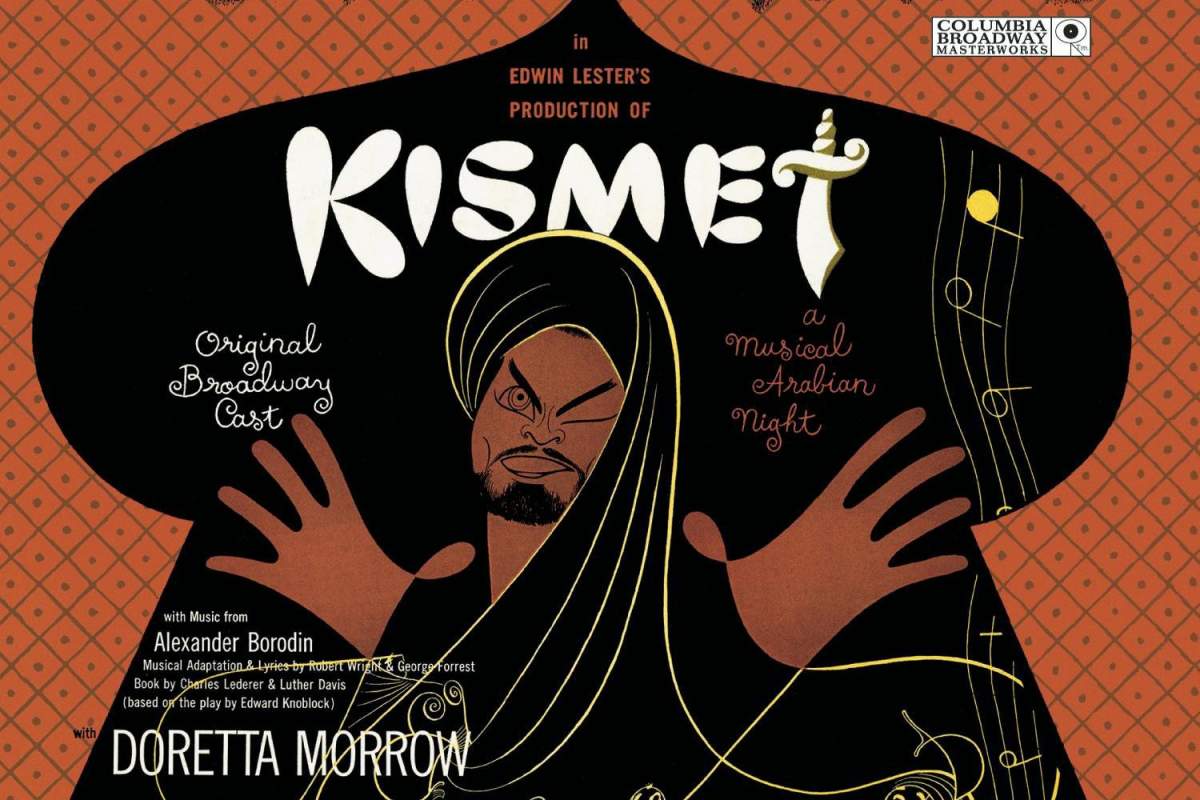
Names like Tchaikovsky, Rachmaninoff, Debussy, and Ravel are not typically part of the music of the Great American Songbook. But you may be surprised to learn, the origins of many American pop melodies began with these classical composers. This hour on the program, I explore the classical melodies hidden within some pop standards, including well-known hits like "Baubles, Bangles, and Beads," "Lover, Come Back To Me" and more.
A list of some well-known standards based on classical melodies is below:
"Full Moon And Empty Arms" (Buddy Kaye and Ted Mossman)
- Based mostly on a melody by Sergei Rachmaninoff, from the third movement of his Piano Concerto No. 2. In fact, the second movement from that same Rachmaninoff piano concerto was the basis of a completely different kind of pop hit 30 years later, Eric Carmen's "All By Myself."
"Baubles, Bangles, and Beads," "And This Is My Beloved," and "Stranger in Paradise" (Robert Wright and George Forrest)
- All three of these songs are from the 1953 Broadway musical Kismet, and all three are based on melodies by 19th-century Russian composer Alexander Borodin (nearly all the songs from Kismet are based on Borodin's music).
- "Baubles, Bangles, and Beads" is based on the scherzo from Borodin's String Quartet No. 2 in D minor, and "And This Is My Beloved" is based on that same quartet's first movement. "Stranger In Paradise" is based on an exotic melody from Borodin's "Polovetsian Dances," a concert excerpt from the opera Prince Igor, which he composed just before his death in 1887.
"If You Are But A Dream" (Moe Jaffe, Jack Fulton and Nat Bonx)
- This standard, made famous by Frank Sinatra in 1945, is based on a popular piano piece from 1859, the Romance in E-flat Major by Anton Rubinstein, known as "Rubinstein's Romance."
"Lover, Come Back To Me" (Sigmund Romberg and Oscar Hammerstein II)
- The bridge of this song from 1928 closely resembles the movement "June (Barcarolle)" from The Seasons, a piano piece by Pyotr Ilyich Tchaikovsky.
I'm Always Chasing Rainbows (Harry Carroll and Joseph McCarthy)
- This vaudeville song from 1917 is based in part on a secondary melody from the famous Fantasie Impromptu by Frederic Chopin.
"Till The End Of Time" (Buddy Kaye and Ted Mossman)
- Kaye and Mossman, who also adapted a Rachmaninoff melody as "Full Moon and Empty Arms," took a melody from the "Heroic" Polonaise by Frederic Chopin and turned it into the standard "Till The End Of Time."
"Catch A Falling Star" (Paul Vance and Lee Pockriss)
- The main melody from this 1957 hit for Perry Como resembles an interior melody from the Academic Festival Overture by Johannes Brahms.
"My Reverie" (Larry Clinton)
- This 1938 song is very clearly based on an earlier piece called "Reverie" by Claude Debussy. The tune has been performed by Ella Fitzgerald and many others.
"The Lamp Is Low" (Peter DeRose, Bert Shefter, and Mitchell Parish)
- This 1930 hit for Mildred Bailey was written by Peter DeRose and Bert Shefter, although the melody really comes from a piano called Pavane pour une infante défunte ("Pavane for a dead princess") by Maurice Ravel.
"Avalon" (Al Jolson, Buddy DeSylva and Vincent Rose)
- This Al Jolson hit was actually the source of a lawsuit from the original composer's publishing company. The melody closely resembles the aria "E lucevan le stelle" from the opera Tosca by Giacomo Puccini.
"An American Tune" (Paul Simon)
- This pop tune (and now standard) from 1973 has two older sources. It may be familiar as "O Sacred Head Now Wounded," the chorale from the St. Matthew Passion by Johann Sebastian Bach. But Bach borrowed that melody from an earlier secular chorale by Hans Leo Hassler.









